| Back to Back Issues Page | |||||||||||
 |
|||||||||||
|
[Tomato Dirt #126] Protect Your Crop! How to Recognize 5 Kinds of Tomato Wilt June 22, 2017 |
|||||||||||
Tomato Dirt Newsletter
|
 |
FEATURE: Tomato Wilt: How to Recognize It and What To Do About It
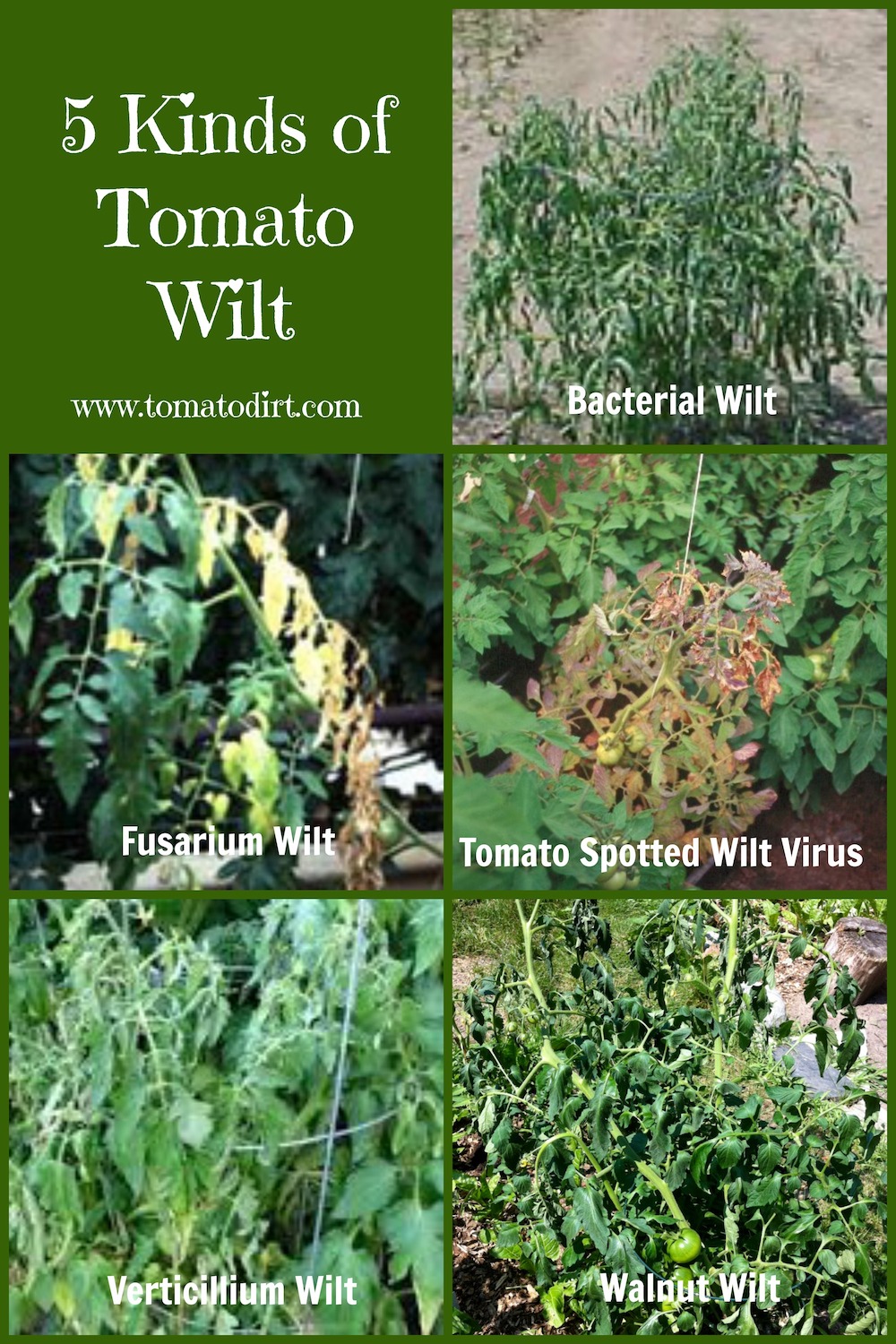 |
How to Recognize 5 Kinds of Tomato Wilt
- Fusarium Wilt: yellowing and wilting on one side of the plant – a leaf, single shoot, branch, or several branches – that moves up the plant as the fungus spreads.
- Verticillium Wilt: yellow spots appear on lower leaves, followed by brown veins. Leaves then turn brown and fall off. Infection pattern often resembles a V-shape. Symptoms progress up the stem. And here is a tip-off that your plants have got “vert”: they may wilt during the day and recover at night.
- Bacterial Wilt: plants wilt suddenly, but remain green.
- Tomato Spotted Wilt Virus: symptoms begin on the top leaves first, while other wilts affect lower leaves and then move upward. And tomatoes infected with TSWV have red or yellow concentric circles on the skin.
- Walnut Wilt : yellowing and browning leaves, leaf drop, stunted growth – plus two more notable symptoms: the plant’s stems turn brown or streaked and (most often) you’ve got walnut trees nearby.
Compare 5 kinds of tomato wilt … and get more info about tomato diseases on our Pinterest board.
Best Tips for Growing Tomatoes
The world's number one tomato Bible. Advice on 1300 varieties, soil preparation, pruning; and extensive help with pests and diseases from a leading industry expert to help you have the biggest, tastiest crop ever.
Tomato Growing Tip: Check Disease Resistance Codes
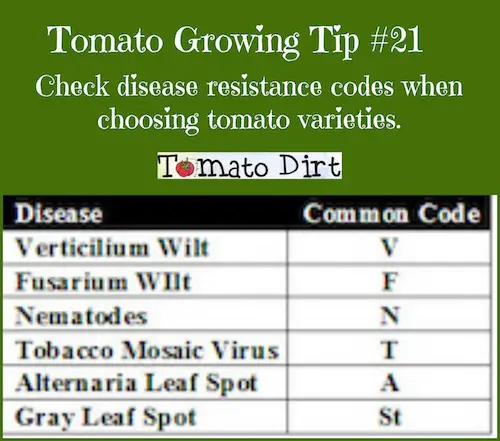 |
Image: Tomato Dirt |
Get more tips for growing tomatoes on our Tomato Growing Tips Pinterest board.
Feed Your Plants Right
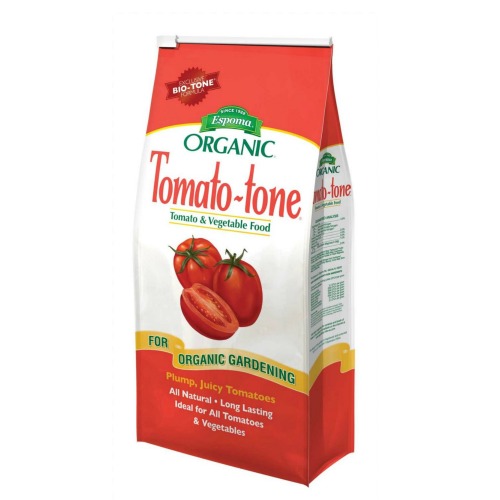
|
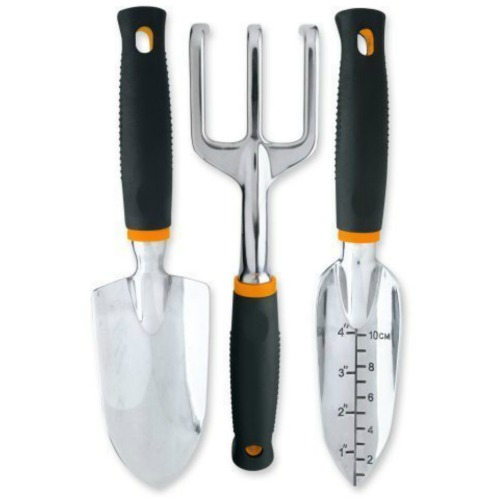
|
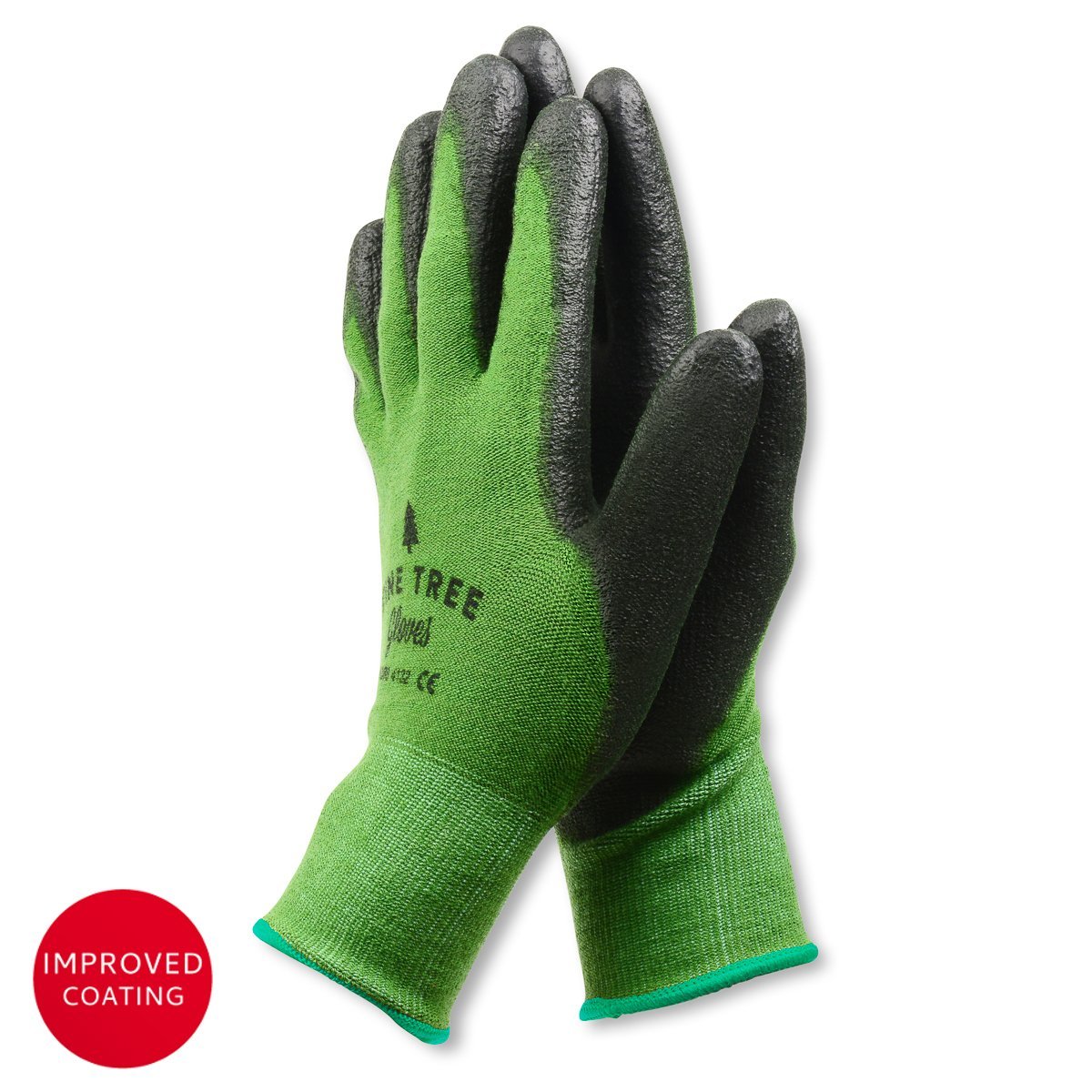
|
|---|---|---|
| Tomato Tone and other tomato fertilizers | Garden hand tools like Fiskars to work tomato fertilizer into soil | Sturdiest garden gloves from Pine Tree, more |
More Tips for Identifying Tomato Problems
That’s it for now. More next time.
Until then, happy gardening!
![]()
Kathy with Tomato Dirt
www.tomatodirt.com
Find us on Facebook!

